Smart Locks: 5 Concerns About Convenience and Security
When it comes to smart locks, there are two completely opposite opinions. On one hand, those who have already used smart locks, whether installed by developers, rented with the property, or purchased voluntarily, praise them for their convenience. No more standing at the door with bags, searching for keys. No more being locked out because you lost or forgot your keys. No more worrying about being locked out when taking out the trash or decorating for the holidays. Even those with obsessive-compulsive disorder no longer need to repeatedly check if the door is properly locked.
On the other hand, some people, especially older generations, remain hesitant about smart locks. They question their necessity, the maturity of the technology, and their safety.
Today, we will address several key concerns:
- Are smart door locks safer than regular door locks?
- What kind of smart lock should I choose?
- How much money should I spend?
- What should I pay attention to when installing a smart lock?
Let’s dive into a comprehensive guide on smart locks.
Addressing Safety Concerns
Security Against Forced Entry
Firstly, in the face of forced entry, no door lock, whether traditional or smart, can completely prevent being pried open—it’s only a matter of time. However, thieves are more likely to target traditional mechanical locks because they are easier to pick quietly compared to the often noisy and attention-drawing process of breaking into a smart lock.
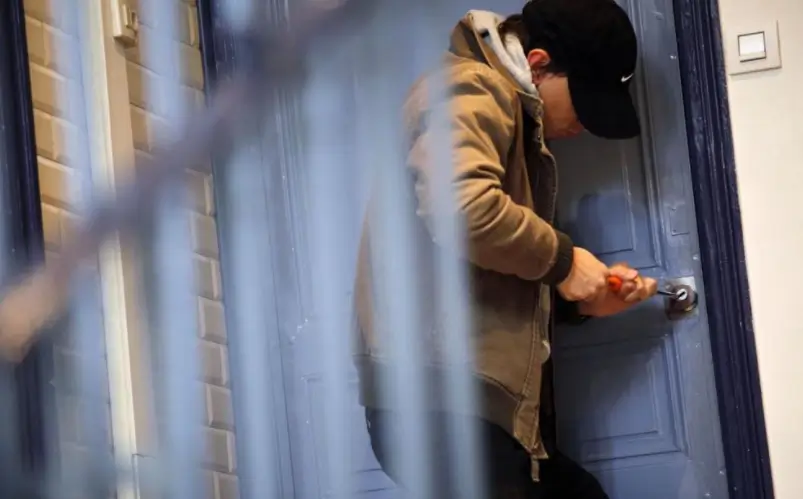
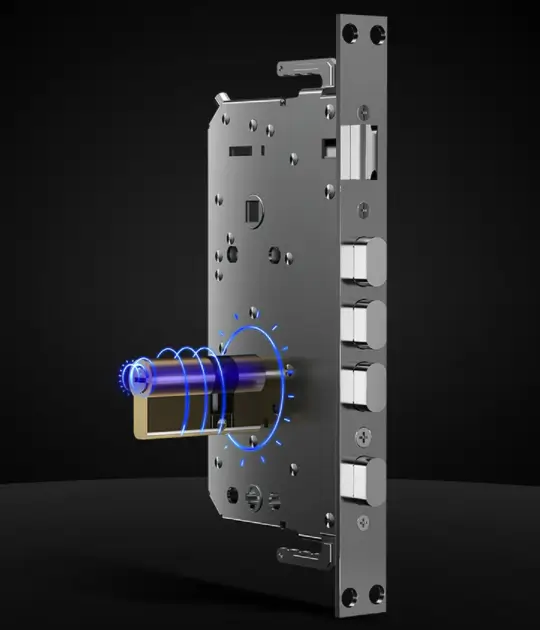
Lock Cylinder Security
The anti-theft ability of both traditional and smart locks mainly depends on the lock cylinder, which comes in three levels: A, B, and C. The C-level lock cylinder has the highest security rating and is commonly used in smart locks. Theoretically, it can withstand technical unlocking attempts for over 270 minutes and often includes various smart anti-theft and alarm functions. So, concerns about smart locks not being safe enough are somewhat exaggerated.
Proven Track Record in Commercial Use
Smart locks have been widely used in commercial places such as hotels, museums, and office buildings for many years worldwide. Moreover, after over a decade of development and following incidents like the 2018 “Little Black Box” vulnerability scare, the industry has seen a natural selection process, weeding out insecure products. Nowadays, smart lock technology has matured significantly. As long as you choose products from reputable manufacturers and commonly used models, security should not be an issue.
Fingerprint and Facial Recognition Concerns
Fingerprint Security
There have been concerns about fingerprint cloning, but it largely depends on the fingerprint unlocking method used. There are three main types:
Optical Fingerprint Recognition: This method records the surface texture of fingerprints and is not very secure, similar to old clock-in machines.

Semiconductor Fingerprint Recognition: This more advanced method records fingerprints through temperature, pressure, and electric fields, offering higher security, much like mobile phone fingerprint unlocking.
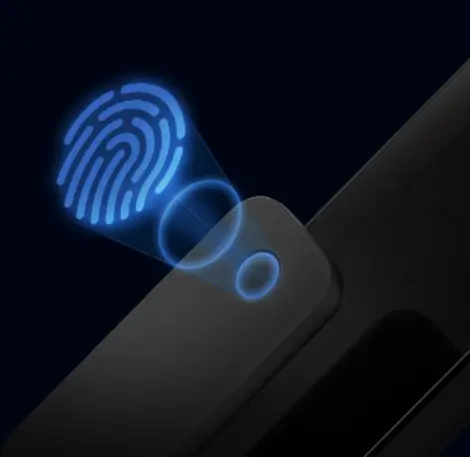
Finger Vein Recognition: This is the latest and most secure method, identifying the unique vein patterns in fingers, making it effective even for shallow or damaged fingerprints. However, due to its high cost, it is not yet widespread.
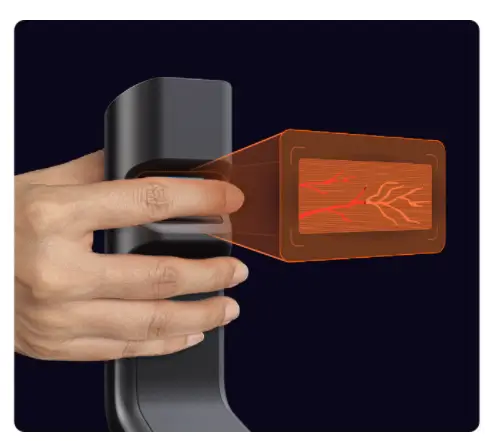
Fingerprint Algorithm and Chip Speed
The security of a fingerprint lock also depends on its algorithm. Some low-end smart locks reduce the algorithm to speed up fingerprint recognition, compromising security in the process.
Choosing a Smart Lock
Key Considerations
- Lock Body Quality: A good smart lock should have a C-level lock cylinder. The quality of the lock body also matters significantly. There are fully automatic locks and semi-automatic locks.
- Semi-Automatic Locks: These require manual operation and use a mechanical lock body, which is stable and does not consume much power but offers a less seamless experience and lower anti-theft ability.
- Fully Automatic Locks: These use electronic lock bodies, providing a better user experience, though they consume more power.
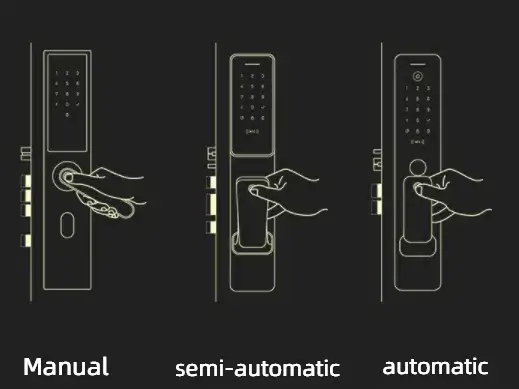
- Distinguishing True Fully Automatic Locks: True fully automatic locks must have an electronic lock body with an embedded motor. Some manufacturers reduce costs by using mechanical self-elastic lock bodies, which are noisier and less intelligent in their operation.
- Lock Body Specifications: Generally, 6068 lock bodies are highly adaptable to anti-theft doors. There is also the Overlord lock body, which is larger and offers additional anti-locking bolts. If your door does not originally use this type of lock, there is no need to switch.
- Plugs: The difference between real and fake plugs is minimal—real plugs expose the lock core after the panel is violently removed, but by this stage, damage is inevitable.
Unlocking Methods
While smart locks offer various unlocking methods (Wi-Fi, Bluetooth, password, app, and facial recognition), having too many options can increase the risk of unauthorized access. Generally, fingerprint, password, and key methods are sufficient for most households. For homes with elderly or children, card unlocking or facial recognition can be added.
Facial Recognition
Facial recognition is widely used, similar to mobile facial recognition payments using 3D structured light, which cannot be fooled by photos or videos. However, this method can be power-intensive and may have issues with frequent activation in busy areas.
Bluetooth and Wi-Fi
Bluetooth unlocking is common for rental properties, while Wi-Fi and app features are more suitable for home use, providing remote control, battery warnings, and alarm functions. However, due to the low security of home IoT networks, it’s advisable to disable these features if not necessary.
Additional Features and Considerations
Preventing Cat Eye Theft and Accidental Unlocking
To prevent theft through cat eye unlocking or accidental unlocking by children and pets, opt for a smart lock with an anti-lock function. High-end models with visual cat eye functions can help you monitor activity outside your door.
Handle vs. Push-Pull Design
Smart locks come in handle and push-pull designs:
- Handle Type: Similar to traditional locks, usually priced below $200, stable but less convenient.
- Push-Pull Type: Sleek design, simple operation, and naturally anti-cat eye unlocking, but generally priced above $200 and consumes more power.
Battery Considerations
Semi-automatic smart locks typically use AA batteries, with a lifespan of about six months. Electronic lock cylinders use lithium batteries, which require frequent charging but are more environmentally friendly. Choose models with low battery warnings to avoid being locked out.
Smart Ecosystem Integration
For those interested in integrating their smart lock into a broader smart home ecosystem, select models compatible with systems like Tuya.
After-Sales Service
Smart locks require reliable after-sales support. Choose brands with established reputations and good sales records. Models on the market for over a year are generally safer bets, as they have been validated by users.
Installation Tips
- Purchase Channels: Buy from official stores offering warranties and free installation.
- Confirm Specifications: Verify door opening direction and additional costs for specific lock bodies and smart features.
- Compatibility: Ensure compatibility with doors, especially those with sky and earth hooks.
- On-Site Judgment: Installation feasibility should be assessed by a professional.
Summary Table for Choosing a Smart Lock
| Feature | Recommendation |
|---|---|
| Lock Cylinder | C-level |
| Lock Body | Fully automatic lock body for auto locks; semi-automatic for budget options |
| Unlocking Methods | Fingerprint, password, key (3D facial recognition and card for specific needs) |
| Battery | Lithium with low battery warning |
| Additional Features | Anti-lock, visual cat eye |
| Design | Handle for stability, push-pull for convenience |
| Integration | Compatible with desired smart home ecosystem |
| After-Sales | Established brand with good support |
Final Thoughts
Smart locks, when chosen and installed correctly, offer greater convenience and security than traditional locks. Opt for high-quality, reputable brands and models, avoid over-reliance on extra features, and ensure you have robust after-sales support. This will help ensure your household’s safety and make your daily life more convenient.


